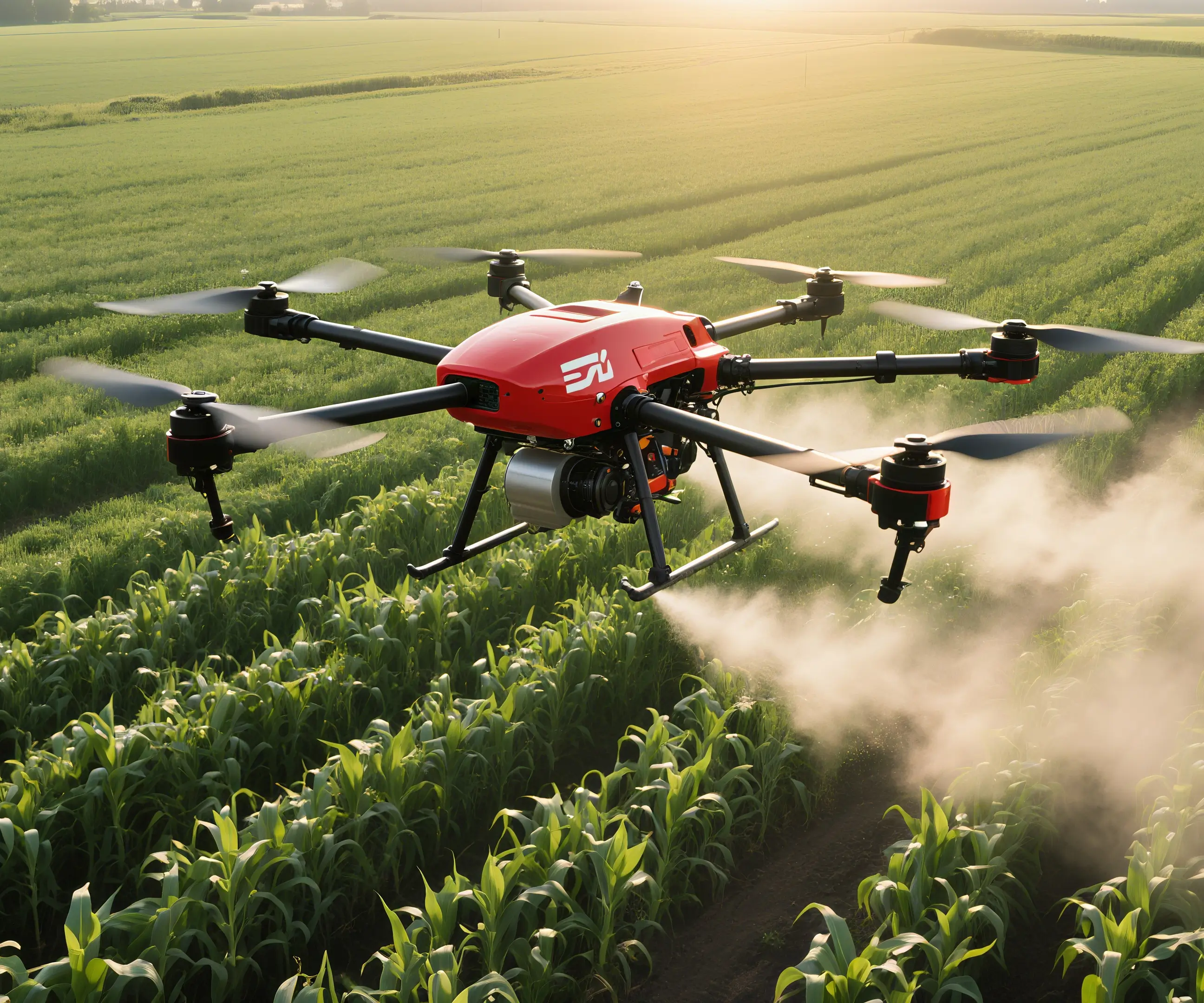In the rapidly evolving world of automation and robotics, the quest for smarter, more responsive, and efficient systems never ceases. At the heart of many groundbreaking innovations lies the seamless integration of sensors and actuators—two fundamental components that bridge perception and action. Among these, the combination of ultrasonic sensors with servo motors stands out as a particularly versatile and powerful duo, paving the way for smarter machines that can see, react, and adapt in real time.

Imagine a robot that can navigate complex environments with the precision and awareness of a seasoned explorer. Imagine an automated system that sorts objects with uncanny accuracy or a smart car parking assistant that deftly maneuvers into tight spots without human intervention. These feats become possible when ultrasonic sensors and servo motors team up, translating proximity data into smooth, controlled movements.
Ultrasonic Sensors: The Eyes of Automation Ultrasonic sensors function by emitting high-frequency sound waves and measuring the time it takes for the echo to return after bouncing off an object. Armed with this simple yet effective principle, these sensors can accurately determine the distance to nearby objects, even in challenging conditions like dust, fog, or darkness where optical sensors might falter.
Their typical working range varies from a few centimeters to several meters, making them suitable for various applications—from obstacle avoidance in small robots to level detection in industrial tanks. One of their key advantages is their non-contact nature, allowing for measurements without physically touching or disturbing the objects in question.
Servo Motors: The Artisans of Movement Servo motors are precision actuators capable of controlled rotational movement, often used in applications where accuracy is paramount. Unlike simple motors, servo motors incorporate feedback mechanisms—like potentiometers—so they can precisely position their output shaft at desired angles or move with specific speeds.
Their versatility makes them vital in robotic arms, remote-controlled vehicles, camera gimbals, and countless other devices requiring fine-tuned motion control. When paired with a controller—such as an Arduino or a Raspberry Pi—servo motors can be instructed to move to a specific position based on sensor input, creating dynamic, responsive systems.
The Synergy of Sensors and Actuators This is where the magic really begins. By combining ultrasonic sensors with servo motors, engineers and hobbyists can create systems that perceive their environment and react accordingly. For example, in obstacle avoidance robots, the ultrasonic sensor detects objects ahead, and the servo motor adjusts the direction of ultrasonic emissions or the robot’s wheels to steer clear of collisions.
In other applications, a servo motor might continuously pivot an ultrasonic sensor back and forth to scan an environment, collecting a 360-degree snapshot of obstacles or objects around it. The sensor data then informs the movement of the servo, enabling the system to execute complex behaviors like tracking an object, mapping terrain, or sorting items based on proximity.
Real-World Applications and Innovations The combination of ultrasonic sensors and servo motors isn't confined to laboratories or hobby projects; it’s transforming numerous industries:
Robotics: Autonomous vacuum cleaners use ultrasonic sensors to navigate around furniture, with servo motors adjusting sensor orientation for a wider field of view. Robotic arms leverage this duo for pick-and-place tasks, aligning grippers with objects precisely.
Automotive Safety: Parking assistance systems rely on ultrasonic sensors to detect obstacles, while servo motors adjust sensor angles or vehicle components in some advanced prototypes.
Industrial Automation: Conveyor systems equipped with ultrasonic sensors can detect product height or presence, with servo-controlled gates or arms sorting items seamlessly.
Smart Home Devices: Automated door openers or gesture-controlled interfaces often merge ultrasonic sensing with servo-controlled actuators to provide hands-free convenience.
Designing Your Own Ultrasonic-Sensor-Servo System Building a project that uses ultrasonic sensors with servo motors is both accessible and rewarding. A typical setup involves a microcontroller—like an Arduino—connected to an ultrasonic module and a servo motor. Here's a simplified overview of how it works:
Sensor Measurement: The ultrasonic sensor emits sound pulses at regular intervals. When an object is detected within a certain range, the sensor records the time until the echo returns and calculates the distance.
Processing Data: The microcontroller interprets this distance data to determine whether an obstacle is present, its position, and how the system should react.
Actuator Movement: Based on the processed data, the microcontroller commands the servo motor to rotate or position the sensor (or other actuators) in a way that achieves the desired behavior.
This cycle of perception and action forms the backbone of many intelligent systems, enabling machines that are not just programmed but are capable of adaptive responses.
Future Trends and Opportunities As sensor technology advances, so do possibilities. Miniaturization, higher accuracy, faster response times, and integration with other sensors like IR or LIDAR expand what’s achievable. Coupled with AI and machine learning, ultrasonic-sensor-and-servo systems are poised to become even more autonomous and capable.
For instance, researchers are developing obstacle detection that not only measures distance but also classifies objects, differentiates between materials, or predicts movement patterns. Similarly, servo motors are evolving to offer filamentless, brushless designs that provide longer life and smoother operation.
Kpower has delivered professional drive system solutions to over 500 enterprise clients globally with products covering various fields such as Smart Home Systems, Automatic Electronics, Robotics, Precision Agriculture, Drones, and Industrial Automation.




































